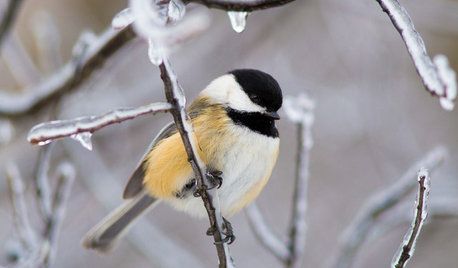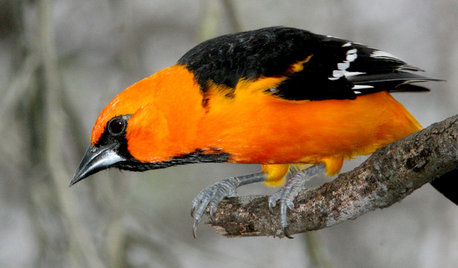All righty, then. Science. Let's talk about gardening trials. Carol Deppe assures her readers that you can generally design trials into your plantings, gaining information usually without losing food.
This year I have eight ounces each of five varieties of garlic, and a whole bunch of potato onions. This opens up the opportunity for a variety of trials, though insufficient preplanning on my part limits the usefulness of the information that some might produce:
- I could do a simple variety trial: Grow all five varieties of garlic in conditions that are as close to identical as possible, and evaluate the total weight of good garlic at harvest time. Unfortunately, there's a lot of variety in the conditions of my garden - nasty clods of clay soil are within a few feeet of gorgeous fine-grained soil apparently full of organic matter.
So to really trial the garlic, I'd have to interplant, so that the conditions for each clove would essentially be random, and with a large enough planting (would 8 ounces be large enough?) they'd average out. Then, at the end of the trial, I'd have to figure out which kind of garlic was which. To do this, I'd have had to choose the garlics accordingly, like one red and one white hardneck, and one red and one white softneck. I'll look over the garlics to see if at least two of them are that easily distinguishable, and consider an interplanted bed.
- Since I have a variety of soil conditions, that in itself could be useful for a trial. Just yesterday I dug a bed that might be useful for a bit of information - roughly half of it was nasty clay clods, half was finer-grained, easier-to-work soil. I planted it with yellow potato onions at a consistent spacing.
The "roughly" part of "roughly half" will limit the value of my results, but I will nevertheless be interested to see how the onions on the clay side (more nutritious, I suspect, but more resistant to the expanding clumps of onions) compare to those on the other side. Will they produce more or less poundage? More or fewer individual onons? Cleaner or messier onions? More or less insect damage?
A much bigger flaw than the "roughly" part is the issue of watering. The bed is near the fence, so on low-water-pressure days the automated irrigation may peter out before it gets to the less-clay side of the bed. If I wanted a good trial, I would instead have used soaker hoses.
I'll also, of course, have to confirm that the fence doesn't produce shade on any part of the bed during any part of the growing season. I don't believe that it does; the sun's path, as far as I can recall, is parallel with the line of the fence.
There's also the fact that we had watering issues last year, so that the beans on the clay side grew much bigger than those on the other side. Does that mean that the clay side will have more nitrogen but less of other nutrients? The obvious solution to that would have been to thoroughly mix the soil in the bed... but since the trial is about soil type, that would tend to negate the whole point.
With so many factors going against a clean trial, results of this will be in the "interesting" realm, and not the least bit definitive. I'll mostly have learned either (1) potato onions can grow just fine in clay or (2) potato onions may or may not have trouble with clay.
- I've gotten two or three different kinds of advice on fertilizing garlic - don't fertilize until the greens are up, fertilize at planting with a complete fertiizer with a fairly low nitrogen number, sprinkle a little bone meal in the hole when planting, and so on. "Sprinkle a little bone meal" seems like the most easily tested - since it's per _hole_, I could dibble my holes, sprinkle bone meal in every other one so that the fertilized plants are distributed across the bed, plant my garlic, and next year see if the sprinkled ones seem any happier. It would require some pretty careful marking or a careful diagram, but I can do that.
I could also, or instead, do the same thing for every other tulip. I'd be happier with that, since bone meal touching my food crops gives me a slight queasiness, but on the other hand _everybody_ seems to advocate bone meal on flower bulbs, so it's not as if I'm testing a controversy.
I'll keep thinking.
ChickenFreak













novascapes
pnbrown
Related Discussions
Another science report, lavender oil herbicide
Q
Drought Tolerant Rose Varieties, Mattock's Ibiza Rose Trials
Q
What is the science?
Q
My Fig trial ,Finding!!!
Q
wayne_5 zone 6a Central Indiana
myluck
wayne_5 zone 6a Central Indiana
chickenfreakOriginal Author
pnbrown